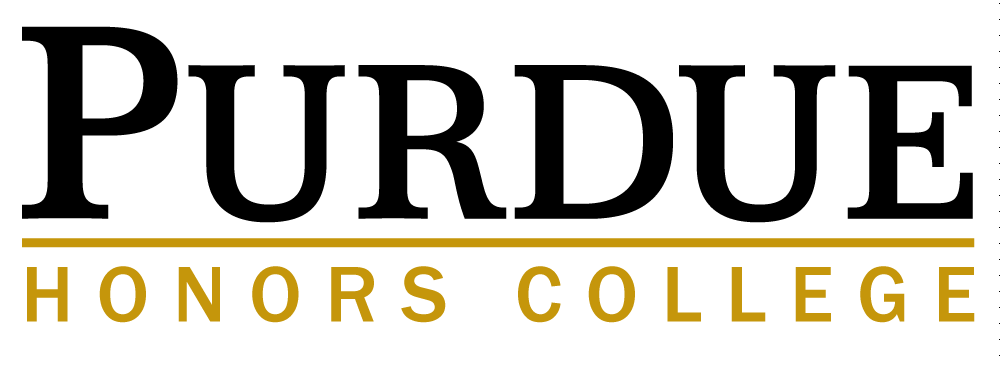Description
There are 6 million people living with HIV; 70% reside in Sub-Saharan Africa (SSA). Furthermore, 1.1 million deaths occur due to opportunistic infections (OIs) that can be minimized with antiretroviral therapy. In Kenya, Kaposi Sarcoma (KS) is an especially debilitating OI that presents with dermatologic lesions; magnifying the stigma that patients with HIV face physically and psychosocially. Dermatology research is underway to determine the effectiveness of an unna boot (medicated, layered compression dressing) to speed the healing of these lesions with anecdotal success. Commercially available unna boot products are too expensive and not readily available in SSA. Clinicians from Purdue University College of Pharmacy and the AMPATH Consortium hope to address this need in SSA. A pharmacy student was tasked with developing a low-cost unna boot as a service learning project during an eight-week advanced pharmacy practice experience in Eldoret, Kenya. This project began with an extensive literature review to determine the utility and feasibility of an unna boot, and resulted in the development of a modified kit costing significantly less than commercial products, potentially improving quality of life for this population. This poster describes the implementation and methodology of the local unna boot’s creation, a summation of the service learning project, and the impact on a pharmacy student, clinicians, and patients in SSA.
Included in
Community Health and Preventive Medicine Commons, Infectious Disease Commons, Medical Humanities Commons, Oncology Commons, Translational Medical Research Commons
Implementation of a low-cost unna boot alternative as adjunctive treatment for Kaposi Sarcoma
There are 6 million people living with HIV; 70% reside in Sub-Saharan Africa (SSA). Furthermore, 1.1 million deaths occur due to opportunistic infections (OIs) that can be minimized with antiretroviral therapy. In Kenya, Kaposi Sarcoma (KS) is an especially debilitating OI that presents with dermatologic lesions; magnifying the stigma that patients with HIV face physically and psychosocially. Dermatology research is underway to determine the effectiveness of an unna boot (medicated, layered compression dressing) to speed the healing of these lesions with anecdotal success. Commercially available unna boot products are too expensive and not readily available in SSA. Clinicians from Purdue University College of Pharmacy and the AMPATH Consortium hope to address this need in SSA. A pharmacy student was tasked with developing a low-cost unna boot as a service learning project during an eight-week advanced pharmacy practice experience in Eldoret, Kenya. This project began with an extensive literature review to determine the utility and feasibility of an unna boot, and resulted in the development of a modified kit costing significantly less than commercial products, potentially improving quality of life for this population. This poster describes the implementation and methodology of the local unna boot’s creation, a summation of the service learning project, and the impact on a pharmacy student, clinicians, and patients in SSA.



